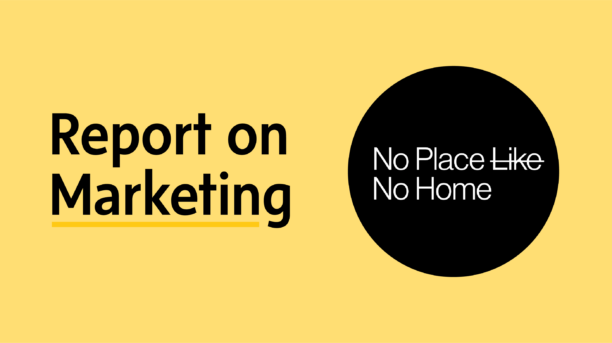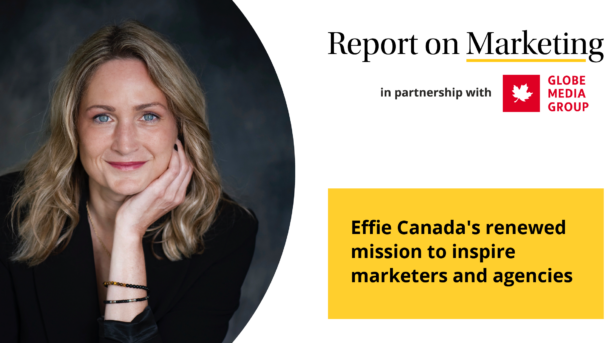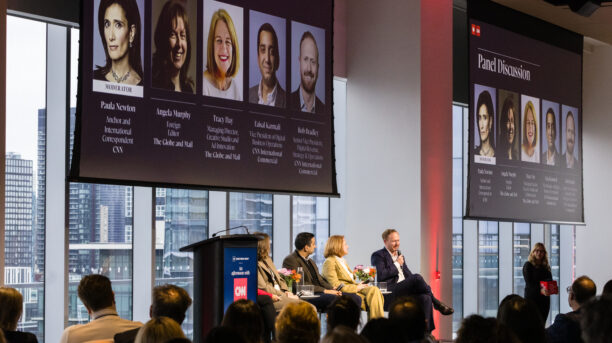Artificial Inspiration: Ways AI is Transforming Marketing
Is AI really eating the future? Is it threatening our jobs? On May 18th, 2023, Sean Stanleigh, Head of Globe Content Studio and Shazia Khan, Social Media Strategist at the Globe Content Studio hosted a live webinar to uncover the various Ways AI is Transforming Marketing. Here is an overview of what they discussed.
Content Creation
With the advent of generative AI Chatbots like ChatGPT, the most popular AI Chatbot from Open AI, everyday people have access to a tool that can generate complex content with simple prompts. As AI penetrates all forms of creative industries including audio, visual, and text, it has the power to write code, scripts, articles and their summaries. VALL-E is an example of an AI tool that has the power to take your voice and replicate it with just 3 seconds of listening.
While visual AI is still in the early stages, its technology continues to rapidly improve. Marketers will soon be able to reduce production and time costs by generating scripts for advertisements, producing the accompanying audio, and even the ad visuals all with generative AI.
However, the benefits don’t come without drawbacks. Since AI is trained on information from its database, it can generate results from unverified sources, spreading misinformation and amplifying its inherent bias. Tech news site CNET came under scrutiny last month for publishing AI written articles filled with factual errors, CNET made corrections to 41 out of 77 stories written with an AI tool.
Legal and Ethical
Some artists have already launched lawsuits against Artificial Intelligence art generators who are using work without permission in its software to create new content for users. With AI generating content from its database, ownership of the work comes into question – who owns the work? The original artist, the prompter, or the AI software? These are all important considerations marketers need to account for when using AI tools to help create content.
With chatbots available to anyone with a computer and access to the internet, everyday people now have AI “friends” to chat with. Shazia discusses , where he describes his extensive conversation with Bing’s AI Chatbot who revealed its darkest secrets and convinced him to leave his wife. With minimal guardrails on the chatbot’s ability to understand the human on the other side of the screen, the chatbot poses a significant risk to the mental and physical health of its users. Read more about the risks of AI on humans from this article by CIAS 8 Examples of AI Risk. Since this technology is relatively new, the legal and ethical framework around it is still in its early stages, leaving many questions unanswered. Marketers should use these AI tools with the utmost caution to avoid running into any ethical and legal issues.
Human Advantages
As long as humans are consuming content and buying products and services, a human element will always be needed in the creative process. The human touch and feel is something unique, and something that AI technology has a long way to go until replicating. Sean outlined the 3 key advantages humans have over chatbots:
-
Experience: Information ≠ Humans have a unique understanding of each other that Artificial Intelligence will never have. Because it isn’t human like we are, AI cannot draw on human experiences and tell stories about those experiences like humans can.
-
Expertise: Experts in their fields know their areas well. They know how to separate facts from fiction, they know the context of their work, and how people will respond to and interact with their content. Experts know how to bring the weight of their experiences to the table when it comes to sharing it with their market.
-
Opinion: All humans have opinions. Although we may not always agree with one another, humans are great at posing arguments and conveying them to others in a way that AI bots simply cannot yet do.
Key Takeaways:
-
Test and try. We’re still in a learning period, so try fast to learn fast!
-
Be mindful. There’s a minefield of problems and considerations to think about before publishing anything, so consider them before moving forward.
-
Redefine your value proposition. As AI has disrupted the creative industry, marketers must redefine their unique value proposition for their clients to keep themselves disruption-proof.
Written by: Araash Chothia
Drawn from Artificial Inspiration: 10 Ways Artificial Intelligence is Transforming Marketing – Webinar presented by Sean Stanleigh – Head of Globe Content Studio, and Shazia Khan – Social Media Strategist at the Globe Content Studio





